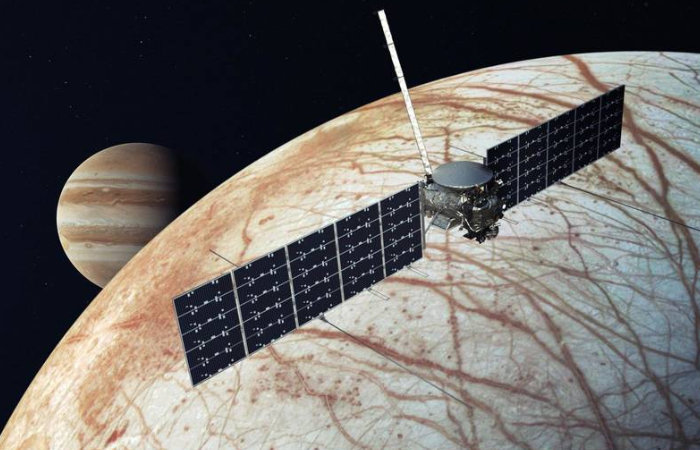NASA has recently announced that it has selected nine science instruments for a mission to Jupiter's moon Europa. The Europa Clipper mission plans to investigate whether this enigmatic, icy moon could harbor conditions suitable for life. With the objective to study Europa's surface and subsurface, the instruments selected for this mission will help researchers gain insights into the composition, geology, and potential habitability of this moon.

One of the primary goals of the Europa Clipper mission is to explore the possibility of life on Europa. Scientists have long been fascinated with the possibility of life beyond Earth, and Europa presents a unique opportunity in that regard. This moon has a subsurface ocean that contains twice as much water as all Earth's oceans combined, making it a prime candidate for the existence of life.
To study the habitability of this moon, NASA has carefully selected nine science instruments for the Europa Clipper mission. These instruments cover a range of scientific disciplines, including remote sensing, geochemistry, and biology.
Among the selected instruments is the Mass Spectrometer for Planetary Exploration (MASPEX), which will help researchers study the composition of Europa's atmosphere, exosphere, and plumes. This instrument will be used to detect organic molecules, which are essential building blocks for life. In addition to MASPEX, the Europa Imaging System (EIS) will provide high-resolution images of Europa's surface, allowing scientists to study the geology of the moon, including its ice shell and subsurface features.
Another key instrument is the Radar for Europa Assessment and Sounding: Ocean to Near-surface (REASON), which will be used to gather information about Europa's ice thickness and subsurface structure. This instrument will help scientists determine the potential habitability of Europa's subsurface ocean by studying its salinity and the presence of organic compounds.
The suite of science instruments selected for the Europa Clipper mission also includes the Jupiter Energetic-particle Detector Instrument (JEDI), which will measure the radiation environment around Europa. This information is important to assess the potential risks for future exploration and the habitability of Europa.
Other instruments selected for the mission include the Ultraviolet Spectrograph (UVS), the Mapping Imaging Spectrometer for Europa (MISE), the Plasma Instrument for Magnetic Sounding (PIMS), the Magnetometer (MAG), and the Fine Guidance Sensor (FGS). All of these instruments will work together to provide a comprehensive understanding of Europa's environment, geology, and potential habitability.
In conclusion, the Europa Clipper mission is an exciting endeavor that has the potential to provide groundbreaking knowledge about the possibility of life beyond Earth. With the careful selection of the nine science instruments, this mission will provide valuable insights into the composition and habitability of Europa's subsurface ocean. Through the use of cutting-edge technology and innovative research, we may be one step closer to uncovering the mysteries of our solar system and the potential for life on other celestial bodies.